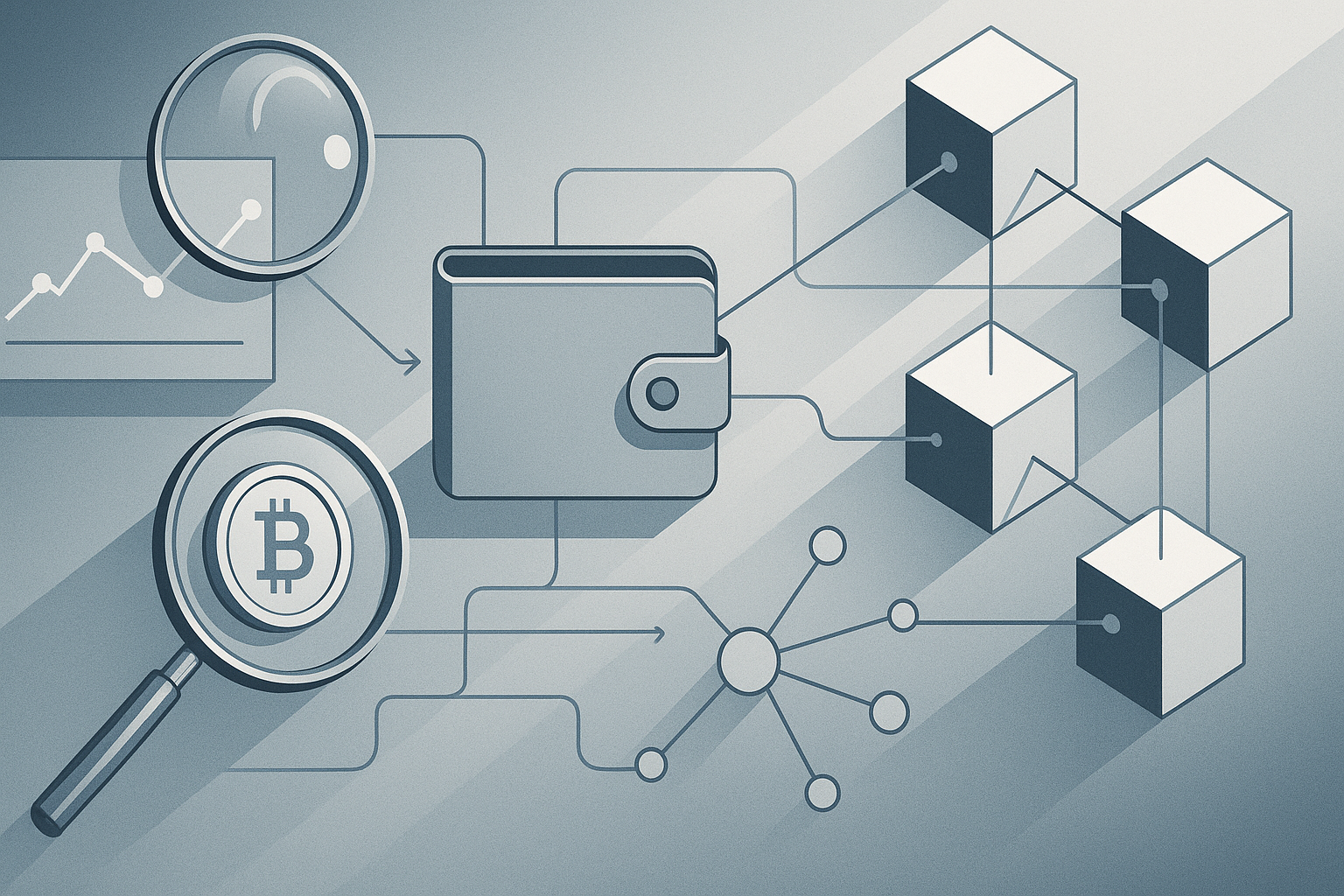On-chain talk from the U.S. securities regulator has renewed attention on how traditional securities might move onto public blockchains and what that could mean for ordinary holders of cryptocurrency. Tokenized securities raise concrete questions about custody, transfer controls, and whether a bitcoin wallet that stores multiple asset types could carry new legal responsibilities.
Become a Doc: Profile Ethereum wallets and discover their behavior.
Use WalletAutopsy.
What the announcement actually conveyed
Tokenized securities appeared in comments attributed to the SEC chair and were reported by Bitcoin Magazine, which described an openness to securities settling on-chain. The remark describes interest in the mechanics and efficiency gains that blockchain settlement can offer, not an automatic reclassification of widely held crypto assets. The legal status of an asset depends on how it was issued and used, and placing a security on a ledger does not change its regulatory character.
Why custody rules matter
Custodial rules follow from the classification of an instrument as a security. Broker-dealer and investment adviser obligations include recordkeeping, reporting, and safeguarding client assets. If a security appears on an open blockchain, entities that facilitate its transfer or custody may face existing securities law duties. That could lead some custodians to treat tokenized securities differently from commodities or utility tokens when they appear in the same account.
How this could affect self-custody and bitcoin wallets
Self-custody has been central to bitcoin's ethos. Bitcoin itself is widely treated as a commodity by regulators, while tokenized equity or debt would be securities. Holding a tokenized security in the same address as bitcoin could complicate matters for a user if regulators or counterparties view the holder as engaging in activities subject to securities rules. Wallet providers might respond by adding compliance controls, or they might separate support so that tokens with different legal profiles are not commingled.
Practical wallet changes to expect
Wallet providers may add features such as whitelisting, transfer restrictions, or integrated custody options to manage compliance for tokenized securities. Those changes would exist alongside standard wallet functions like key management and transaction signing. The technical options available on public blockchains make it feasible to encode transfer limits or frozen lists at the token contract level, and wallets must present this information clearly to users so they understand whether a token will behave like a freely transferable asset or a regulated instrument.
Technical and contract risks on-chain
Smart contract design matters when securities are tokenized. Contracts can embed permissions that allow issuers or administrators to pause transfers, blacklist addresses, or restrict resale. That introduces counterparty and governance risks absent from plain bitcoin transfers. Users and wallet developers should examine token contracts to understand whether a token can be revoked or its transferability limited.
Privacy, compliance, and surveillance concerns
Privacy questions arise if tokenized securities trigger stricter KYC/AML obligations. Centralized intermediaries may require identity verification before trading restricted tokens, and on-chain records can make transaction flows visible to chain analytics tools. Entities that rely on crypto analytics will be better equipped to trace ownership and flag suspicious patterns, which could accelerate enforcement or lead to more cautious custody policies from wallet services.
How market infrastructure could evolve
Settlement mechanics could change as trading and post-trade processes move onto blockchains. Atomic settlement and programmable transfers may reduce settlement risk, but market intermediaries will still need systems for compliance, dispute resolution, and recordkeeping. That implies an ecosystem of regulated custodians, token registries, and verification services that interact with consumer-facing wallets in new ways.
What ordinary holders should watch and do
Due diligence will become more important when tokens carry legal obligations. Users should confirm token provenance and read contract documentation before transferring or holding assets that resemble securities. For people who want to keep bitcoin separate from regulated tokens, maintaining distinct addresses or using providers that clearly label supported assets could reduce unexpected exposure. Users relying on third-party wallets should review provider terms and compliance disclosures to understand how custody and transfer restrictions are handled.
Legal uncertainty and enforcement
Regulatory guidance remains the clearest lever for change. Public comments from regulators are informative, but formal rules and enforcement actions will define how tokenized securities are treated in practice. Observers will watch for concrete rulemaking, interpretive guidance, and any enforcement cases that clarify where intermediaries and end users acquire regulatory obligations.
Where reporting led us
Bitcoin Magazine reported the SEC chair's comments and framed them as support for exploring on-chain trading for securities. That report helps focus attention on practical implications rather than theory. Journalists, market participants, and users alike will likely follow subsequent statements from regulators and technical standards bodies that address how token designs should balance programmability, investor protections, and market integrity.
Practical caution best describes the immediate reaction for holders of crypto assets. The appearance of securities on public ledgers does not automatically change how a typical bitcoin wallet functions. Users who mix asset types in single addresses should be mindful that token design and regulatory interpretation could impose new obligations or restrictions on transfers. Observing how custodians, token issuers, and regulators react will offer the clearest signals about changes to custody practices and to how retail wallets operate with both bitcoin and tokenized instruments.
Clarity will come from follow-up guidance and real-world market practice. In the short term, careful documentation review, separation of asset types when possible, and attention to wallet-provider disclosures are sensible steps. As developments unfold, users should keep an eye on regulatory notices and industry standards that explain which tokens require specialized custody and which remain straightforward transfers of commodities like bitcoin.
